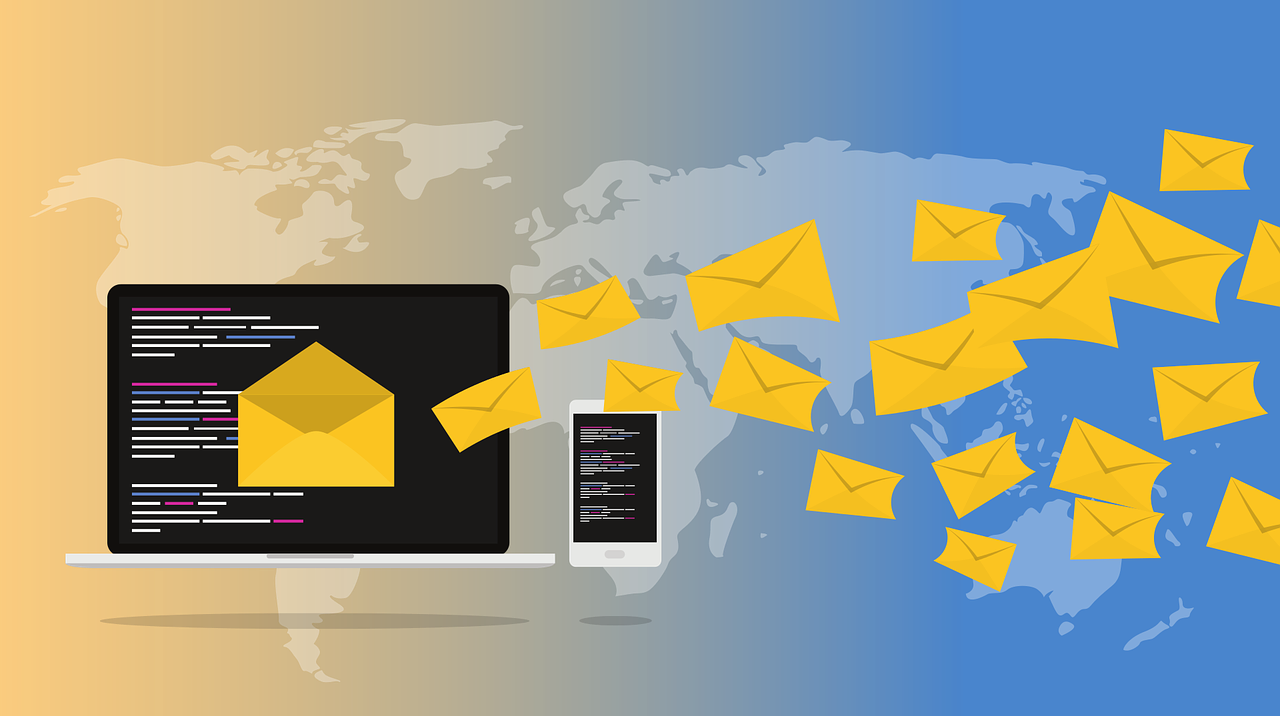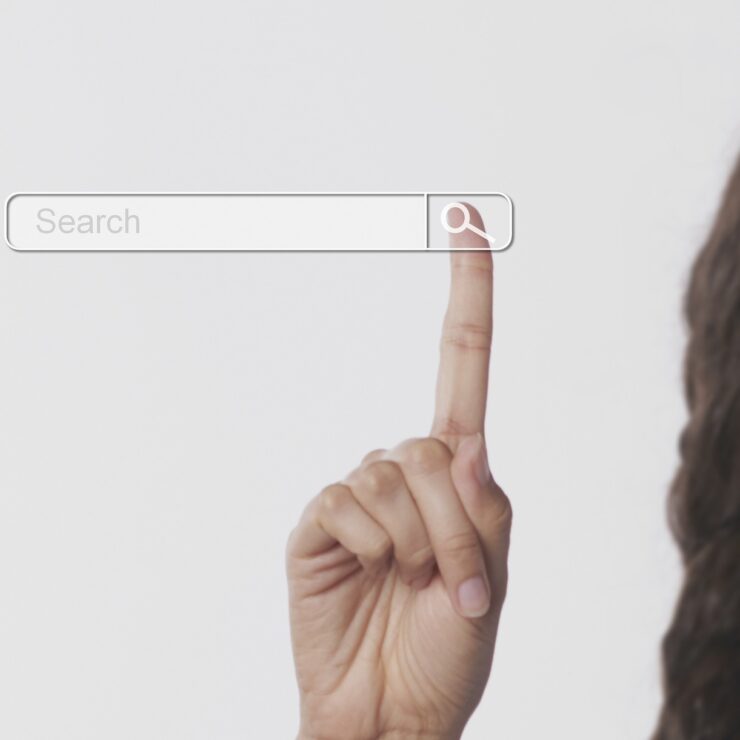Are you struggling to get your brand noticed in today’s crowded market? Are you tired of pouring money into marketing efforts that don’t seem to make a difference?
It’s time to take a step back and consider some overlooked marketing tips that could give your brand the boost it needs.
In today’s fast-paced digital world, it’s easy to get caught up in the latest trends and forget about the tried-and-true methods of marketing. But sometimes, it’s the old-school tactics that can make all the difference.
From networking with other businesses to leveraging the power of customer reviews, there are plenty of ways to increase your brand’s visibility without breaking the bank through corporate marketing.
In this article, we’ll explore some of the most effective marketing tips that are often overlooked by businesses. Whether you’re a small startup or a well-established brand, these strategies can help you stand out from the competition and attract more customers.
So, let’s dive in and discover how you can take your marketing efforts to the next level.
Identifying Your Unique Selling Proposition
Your unique selling proposition (USP) is what sets your brand apart from your competitors. It is what makes your brand special and why people should choose your brand over others.
Identifying your USP is crucial to your marketing strategy, as it helps you create a brand message that resonates with your target audience.
Analyzing Your Competitors
One way to identify your USP is by analyzing your competitors.
Take a look at what they are doing and what they are offering. Look for gaps in the market that your competitors are not filling. This can help you find a unique angle for your brand.
Make a list of your top competitors and analyze their strengths and weaknesses. Look at their products or services, pricing, marketing strategies, and customer reviews, then conduct a thorough branding analysis.
This can help you identify areas where you can differentiate your brand.
Crafting Your Brand Message
Once you have identified your USP, it’s time to craft your brand message.
Your brand message should communicate your USP clearly and concisely. It should be memorable and resonate with your target audience.
Use your USP to create a tagline or slogan that captures the essence of your brand. Make sure your brand message is consistent across all your marketing channels, including your website, social media, and advertising within your business plan template.
Remember that your brand message should be focused on your customers, not your brand. It should communicate how your brand can solve their problems or meet their needs. Use language that speaks directly to your target audience and highlights the benefits of your brand.
Leveraging Social Proof
Social proof is a powerful marketing tool that can help you boost your brand. It refers to the idea that people are more likely to trust and follow the actions of others.
In this section, we will explore how you can leverage social proof to enhance your marketing efforts.
Customer Testimonials
One of the most effective ways to leverage social proof is by using customer testimonials.
Testimonials are statements from satisfied customers that endorse your product or service. They can be used on your website, social media platforms, and other marketing materials.
To make the most of customer testimonials, you should aim to gather a variety of testimonials from different customers.
This will help you showcase the different benefits of your product or service and appeal to a wider audience. You can also use visual elements such as photos or videos to make your testimonials more engaging.
Case Studies and Success Stories
Another way to leverage social proof is by using case studies and customer success stories.
These are stories that highlight how your product or service has helped a customer achieve a specific goal or overcome a challenge. They can be used to demonstrate the effectiveness of your product or service and build trust with potential customers.
When creating case studies and success stories, it’s important to focus on the customer’s journey and the specific benefits they experienced.
You should also include visual elements such as graphs or charts to make your case studies more engaging and easy to understand.
Maximizing Community Engagement
Engaging with your community is a powerful way to build brand loyalty and increase your exposure. Here are two overlooked marketing tips you can leverage to maximize community engagement:
Hosting Virtual Events
Virtual events are a great way to connect with your audience, especially during times when in-person events are not possible.
You can host webinars, workshops, or Q&A sessions to provide value to your audience and showcase your expertise.
To maximize attendance, promote your virtual event on social media, your website, and through email marketing.
During the event, encourage interaction by allowing attendees to ask questions and participate in polls. After the event, follow up with attendees to thank them for attending and provide additional resources.
Creating Interactive Content
Interactive content is a great way to engage your audience and keep them coming back for more.
You can create quizzes, surveys, or games that are related to your brand or industry.
To create effective interactive content, make sure it is relevant to your audience and provides value.
Use bold and italic text to highlight important information and make it easy to read. You can also use tables or lists to organize information and make it more visually appealing.
Utilizing Data-Driven Marketing
Data-driven marketing is the process of using data to create targeted marketing campaigns that are more effective and efficient.
By leveraging data, you can gain valuable insights into your customers’ behavior, preferences, and needs. These insights can help you create more personalized and relevant marketing messages.
Segmentation and Personalization
One of the most effective ways to use data in your marketing campaigns is to segment your audience and personalize your messages.
By dividing your audience into smaller, more targeted groups based on factors such as demographics, behavior, and interests, you can create messages that are more relevant and appealing to each group.
Personalization is the process of tailoring your marketing messages to individual customers based on their behavior, preferences, and needs.
By using data to create personalized messages, you can increase engagement and conversion rates, as customers are more likely to respond to messages that are relevant to their interests and needs.
A/B Testing for Campaign Improvement
A/B testing is a data-driven marketing technique that involves testing two versions of a marketing message to determine which one is more effective.
By randomly assigning a portion of your audience to each version of the message and tracking the results, you can gain valuable insights into which elements of the message are most effective.
A/B testing can be used to improve a wide range of marketing campaigns, including email marketing, social media advertising, and website design.
By continually testing and refining your messages, you can improve your marketing campaigns over time and achieve better results.
In conclusion, data-driven marketing is a powerful tool that can help you create more effective and efficient marketing campaigns.
By leveraging data to segment your audience, personalize your messages, and test and refine your campaigns, you can achieve better results and boost your brand’s visibility and engagement.





 Get Sala Now
Get Sala Now